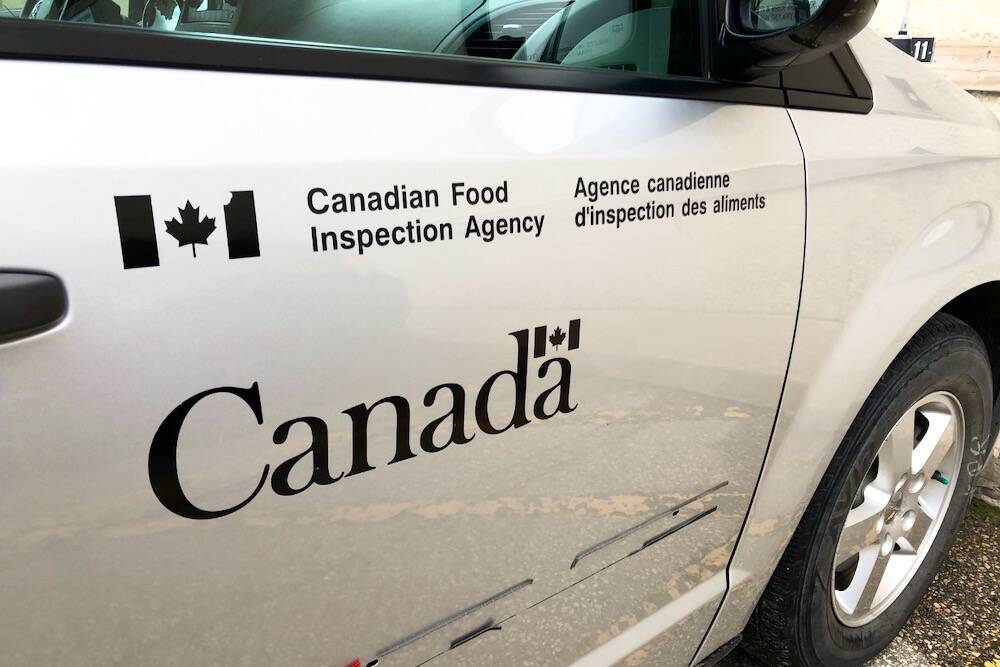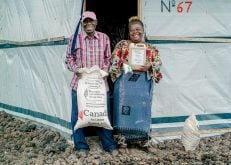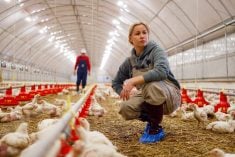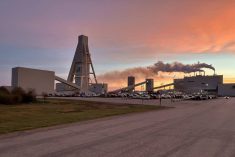QUERENCIA, Brazil (Reuters) — Farmers in Brazil’s top soybean growing state, Mato Grosso, have not seen their yields improve for more than a decade even as older agricultural states farther south squeeze larger crops from smaller parcels of land.
Mato Grosso, responsible for a third of Brazil’s soy output, is harvesting another record crop this year thanks to expansion in planted area. But its lagging productivity could start limiting potential output in Brazil, the world’s No. 2 soy grower after the United States, when new fields are no longer available.
Read Also

B.C. ostriches culled, CFIA confirms
Ostriches on an embattled Edgewood, B.C. farm have been culled after a prolonged legal battle, the Canadian Food Inspection Agency has confirmed.
“Ten years ago, we were told we would be harvesting an average 70 bags per hectare,” said farmer Vilson Rockembach in Querencia, a town in northeast Mato Grosso where farmers are achieving yields of 55 bags per hectare this season.
Government data shows the state’s yields rose merely three percent over 14 years. In the far southern state of Rio Grande do Sul, productivity jumped 46 percent in that time and in another southern state, Parana, average yields rose 15 percent.
Specialists point to multiple reasons, and farmers question new genetically modified seed varieties that are supposed to control pests as well as boost productivity.
“The conventional seeds I have planted for the past 12 years are getting the best yields this year,” said farmer Neuri Wink who has planted in Querencia for two decades.
Mato Grosso’s soy farmers are now coaxing two annual crops from the state’s tropical soil: one of soybeans and another of corn or occasionally cotton. “Second crop” corn produced in the state increased 12-fold in the past 15 years.
Farmers therefore seek to harvest soybeans as quickly as possible in order to plant their second crops, with potential consequences for soy yields, said Alexandre Cattelan of state-run farm research institute Embrapa.
“Because they want very short-cycle seeds, much of the time they aren’t using varieties with the best productivity,” he said.
Some 40 years ago, farmers in southern Brazil started migrating north to Mato Grosso, lured by seemingly endless land and more frequent rainfall. Area planted with soybeans in the state has tripled since the 2000-01 season.
This year, the rain pattern reversed with parts of the south receiving above-average rainfall, accentuating the variance in productivity.
Soil quality in parts of Mato Grosso is also considered inferior to the south, especially on the newest farms, many of which were recently used to graze cattle.
“New farms in the first year, when soil correction has not had the proper impact, drag down average yields,” said Nery Ribas, technical director of Mato Grosso farm association Aprosoja.
Stagnant yields are not merely hurting the pride of Mato Grosso’s farmers, they could soon hurt their wallets in a season where the cost of importing seeds and fertilizers is skyrocketing while international soy prices fall.
“In a cycle of low prices likely in the coming two years, yields are essential for overcoming tight margins,” said Marcos Rubin, partner and analyst at Brazilian consultancy Agroconsult.














